Growing Birth Rates and Family Size
The trend of increasing birth rates and family size is a significant driver for the Baby Safety Products Market. As more families choose to have children, the demand for baby safety products is expected to rise correspondingly. This demographic shift is particularly evident in certain regions where family-oriented cultures prevail. The increase in the number of infants and toddlers creates a larger consumer base for safety products, which in turn stimulates market growth. Additionally, as families expand, parents are more likely to invest in multiple safety products to ensure the well-being of each child. This trend suggests a robust future for the Baby Safety Products Market, as it adapts to the needs of growing families.
Increased Awareness of Child Safety
The rising awareness regarding child safety is a pivotal driver for the Baby Safety Products Market. Parents are increasingly informed about potential hazards that can affect their children, leading to a surge in demand for safety products. This heightened awareness is often fueled by educational campaigns and social media, which emphasize the importance of child safety. As a result, the market for baby safety products is projected to grow significantly, with estimates suggesting a compound annual growth rate of around 5% over the next few years. This trend indicates that parents are willing to invest in products that ensure the safety and well-being of their children, thereby propelling the Baby Safety Products Market forward.
Regulatory Standards and Compliance
Regulatory standards play a crucial role in shaping the Baby Safety Products Market. Governments and regulatory bodies have established stringent safety standards for baby products, which manufacturers must comply with to ensure consumer safety. These regulations often require rigorous testing and certification processes, which can enhance consumer trust in safety products. As a result, companies that adhere to these standards are likely to gain a competitive edge in the market. The enforcement of such regulations not only protects children but also drives innovation within the industry, as manufacturers strive to meet and exceed safety requirements. This dynamic is expected to contribute positively to the growth of the Baby Safety Products Market.
Rise in E-commerce and Online Shopping
The rise in e-commerce and online shopping is transforming the Baby Safety Products Market. With the convenience of online platforms, parents are increasingly turning to the internet to purchase safety products for their children. This shift in consumer behavior is driven by the ease of comparing products, reading reviews, and accessing a wider range of options than what is typically available in physical stores. E-commerce platforms often provide detailed product information and customer feedback, which can influence purchasing decisions. As a result, the Baby Safety Products Market is likely to experience accelerated growth as more consumers embrace online shopping for their safety needs. This trend indicates a shift in how parents approach the acquisition of baby safety products.
Technological Advancements in Safety Products
Technological advancements are significantly influencing the Baby Safety Products Market. Innovations such as smart baby monitors, safety gates with integrated alarms, and advanced car seats equipped with sensors are becoming increasingly popular among parents. These products not only enhance safety but also provide convenience and peace of mind for caregivers. The integration of technology into baby safety products is expected to attract tech-savvy consumers, thereby expanding the market. Furthermore, the increasing penetration of the Internet of Things (IoT) in everyday products is likely to create new opportunities for growth within the Baby Safety Products Market, as parents seek out the latest innovations to ensure their children's safety.


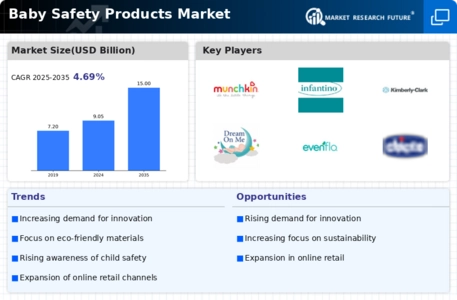
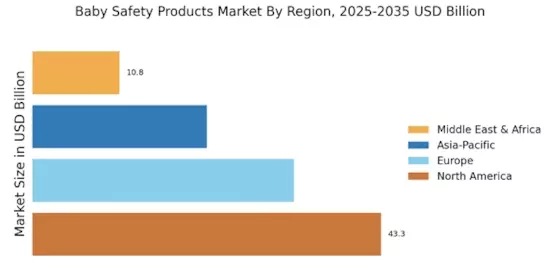
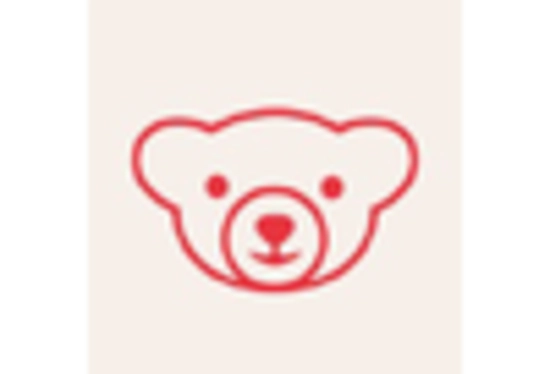
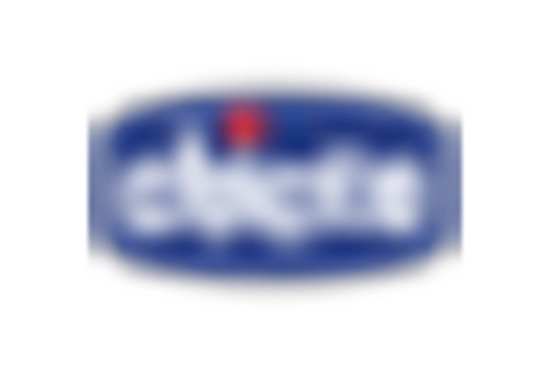
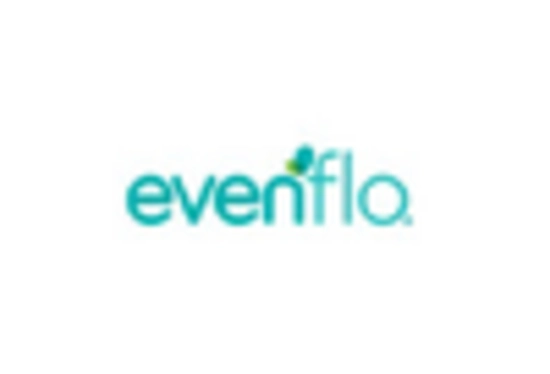
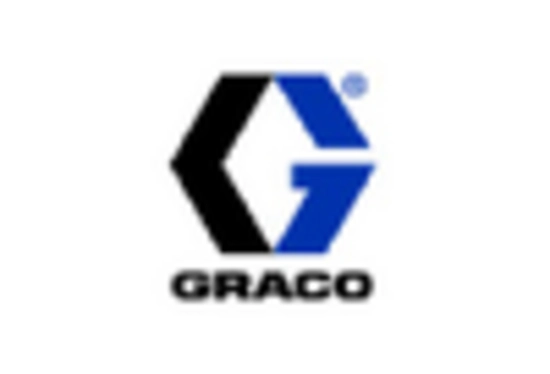
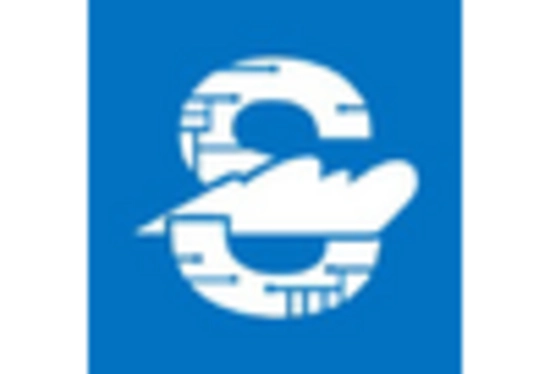
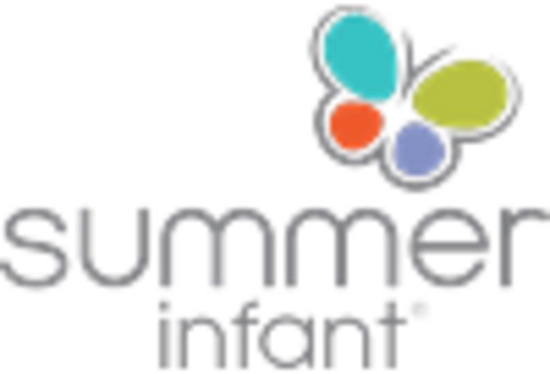








Leave a Comment